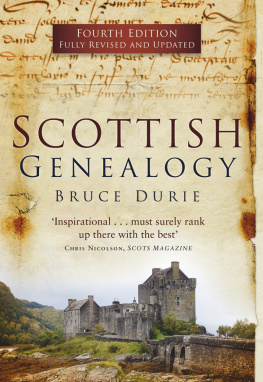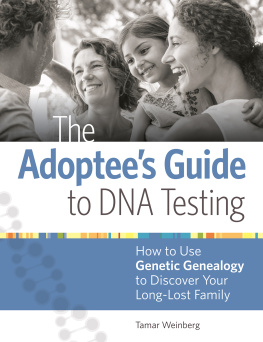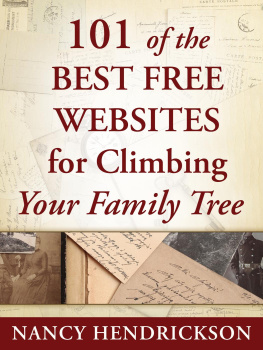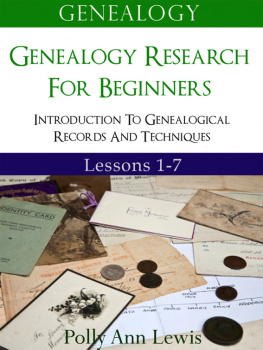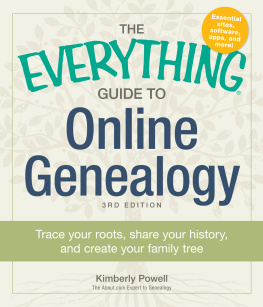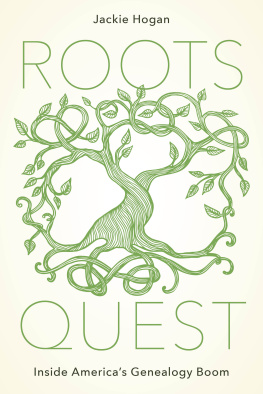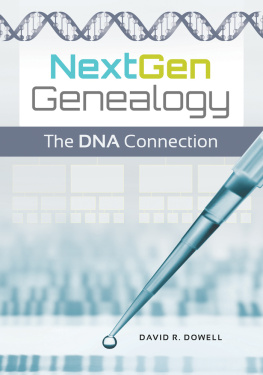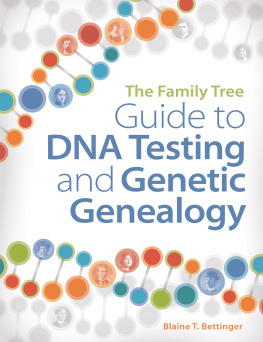Christine Scodari - Alternate Roots: Ethnicity, Race, and Identity in Genealogy Media
Here you can read online Christine Scodari - Alternate Roots: Ethnicity, Race, and Identity in Genealogy Media full text of the book (entire story) in english for free. Download pdf and epub, get meaning, cover and reviews about this ebook. City: Jackson, year: 2018, publisher: University Press of Mississippi, genre: Art / Science. Description of the work, (preface) as well as reviews are available. Best literature library LitArk.com created for fans of good reading and offers a wide selection of genres:
Romance novel
Science fiction
Adventure
Detective
Science
History
Home and family
Prose
Art
Politics
Computer
Non-fiction
Religion
Business
Children
Humor
Choose a favorite category and find really read worthwhile books. Enjoy immersion in the world of imagination, feel the emotions of the characters or learn something new for yourself, make an fascinating discovery.

- Book:Alternate Roots: Ethnicity, Race, and Identity in Genealogy Media
- Author:
- Publisher:University Press of Mississippi
- Genre:
- Year:2018
- City:Jackson
- Rating:5 / 5
- Favourites:Add to favourites
- Your mark:
Alternate Roots: Ethnicity, Race, and Identity in Genealogy Media: summary, description and annotation
We offer to read an annotation, description, summary or preface (depends on what the author of the book "Alternate Roots: Ethnicity, Race, and Identity in Genealogy Media" wrote himself). If you haven't found the necessary information about the book — write in the comments, we will try to find it.
In contextual ways, as she intersperses an account of her own journey chronicling her Italian and Italian American family history, Christine Scodari lays out how family historians can understand intersections involving race and/or ethnicity and other identities inflecting families. Through engagement in and with genealogical texts and practices, such as the classic television series Roots, Ancestry.com, and Henry Louis Gatess documentaries, Scodari also explains how to interpret their import to historical and ongoing relations of power beyond the family. Perspectives on hybridity and intersectionality gesture toward making connections not only between and among identities, but also between localized findings and broader contexts that might, given only cursory attention, seem tangential to chronicling a family history.
Given current tools, texts, practices, cultural contexts, and technologies, Scodaris study determines whether a critical genealogy around race, ethnicity, and intersectional identities is viable. She delves into the implications of adoption, orientation, and migration while also investigating her own genealogy, examining the racial, ethnic experiences of her forebears and positioning them within larger, cross-cultural contexts.
There is little research on genealogical media in relation to race and ethnicity. Thus, Scodari blends cultural studies, critical media studies, and her own genealogy as a critical pursuit to interrogate issues bound up in the nuts-and-bolts of engaging in family history.alizing on the mapping of the human genome in 2003. This genealogical trend poses a need for critical analysis, particularly along lines of race and ethnicity.
In contextual ways, Christine Scodari lays out how family historians can understand intersections involving race and/or ethnicity within families. Through engagement in and with genealogical texts and practices, such as the classic television series Roots, Ancestry.com, and Henry Louis Gates documentaries, Scodari also explains how to decipher their import to historical and ongoing relations of power beyond the family. Perspectives on hybridity and intersectionality gesture toward making connections not only between and among identities, but also between localized findings and broader contexts that might, given only cursory attention, seem tangential to chronicling a family history.
Given current tools, texts, practices, cultural contexts, and technologies, Scodaris study determines whether a critical genealogy around race, ethnicity, and intersectional identities is viable. She delves into the implications of adoption, orientation, and migration while also investigating her own genealogy, examining the racial, ethnic experiences of her forebears and positioning them within larger, cross-cultural contexts.
There is little research on genealogical media in relation to race and ethnicity. Thus, Scodari blends cultural studies, critical media studies, and her own genealogy as a critical pursuit to interrogate issues bound up in the nuts-and-bolts of engaging in family history.
Christine Scodari: author's other books
Who wrote Alternate Roots: Ethnicity, Race, and Identity in Genealogy Media? Find out the surname, the name of the author of the book and a list of all author's works by series.

